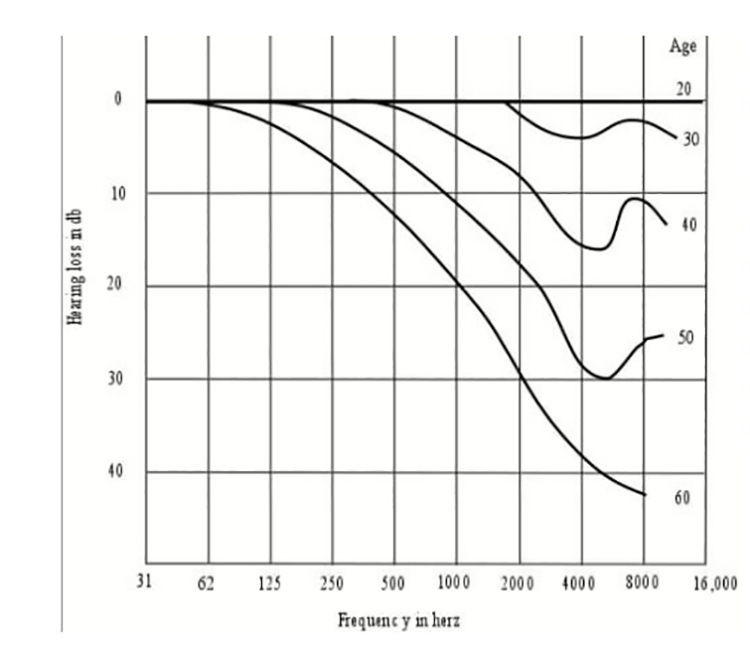This question is one where the jury may still be out. Native high-resolution audio is arbitrarily defined by the Digital Entertainment Group, Consumer Electronics Association, and The Recording Academy, plus some record labels, as Any lossless audio file that is capable of reproducing the full range of sound from recordings that have been mastered from better than CD quality music sources.” So, at its simplest, the term “hi-res audio” applies to music files that have a higher sampling frequency and/or bit depth than CDs – which are always specified at 16-bit/44.1kHz. Hi-res audio files usually use a sampling frequency of 96 kHz or 192 kHz. Other common sampling frequencies include 88.2 kHz and 176.4 kHz. The bit depth of high-res is usually 24.
Bit depth is a measure of how much loudness variation (dynamic range) the signal-sample can have. The more bits there are, the more accurately the signal can be measured, so going from 16 to 24 bits can theoretically deliver a noticeable leap in quality.
The sampling frequency (or sample rate) addresses the number of times per second that samples are taken during the analog-to-digital conversion process. The main advantage of a higher sampling frequency is that the high-frequency roll-off filter that is applied to the analog output of the digital-to-analog converter (DAC) can be less steep. Gentler filtering preserves more of the recording’s high-frequency content without the phase-shift a steeper filter would create.
The disadvantage of higher sampling frequency is a larger file size for any given piece of music. And depending on the sampling frequency, sometimes those files are significantly larger.
Proponents of High-Res audio use the argument that storage is cheap these days, and that the improvement in sound quality justifies the additional storage required. And while this may be a valid argument, it ignores the fact that most hard-drive-based, high-res audio files also must be streamed either over Ethernet or USB before getting converted back to analog files that are ready to be listened to. The higher data density-per-time unit required by high-res audio may stress some player-programs and transmission systems.
Secrets Sponsor
Further, it can be argued that many (most?) Digital-to-Analog Converters (DACs) can be set to “oversample” even CD-standard 44.1 x 16 samples into the high-res levels, providing the benefit of more gradual analog filters rather than would be the case for “standard-CD” quality. This strategy has the further advantages of reducing storage space and maximizing streaming reliability. Such oversampling can also include interpolation of the 16-bit sample depth, providing a facsimile of 24-bit performance. However, note that upsampling cannot create music where there was none in the original music file. It just adds some of the benefits of high-res, but not all.
The question of note is “Can YOU actually hear the difference between 44.1/16 CD-quality audio and the higher sampling rates and bit depth? For many, the answer will be “no.” The reasons include exposure to high volume sounds (gunfire, boom-box car stereo, loud work environments, etc.) Every loud sound your ears hear (cumulatively throughout your entire life) degrades your ability to hear high frequencies. Even if you’ve been careful to protect your ears from loud noises throughout your life, high-frequency hearing declines with advancing age. This phenomenon, called “presbyacusis,” occurs in different individuals at different ages. But the effect is that the highest frequencies that the human ear can hear (typically considered to be 20,000Hz.) become inaudible first, and over time that inability to hear higher frequencies moves down the frequency response scale until sometimes, even human speech is hard to hear.
Secrets Sponsor
The problem occurs in the cochlea in the inner ear where hair cells reside. They are sensitive to different frequencies and when stimulated by specific frequencies to which they are sensitive, they send impulses to the brain. They are damaged by high-intensity sound, and the damage is permanent. Here is a diagram of the inner ear.

Hearing loss by age is shown below. Even by age 30, there is about a 5 dB loss above 4 kHz. And by age 60, that 5 dB loss starts at 200 Hz. It is pretty shocking, isn’t it?

So, if you can’t hear high frequencies well, and if you are 40 years old or more, that may be you, the purported benefits of high-res audio are probably going to be lost. Nevertheless, I’d encourage you to at least try listening to some high-resolution audio. If you’re one of those whose ears are highly sensitive to the high-frequency phase shift, you may well really like the effects. But for most listeners, it is probably unlikely that the difference will be audible.


